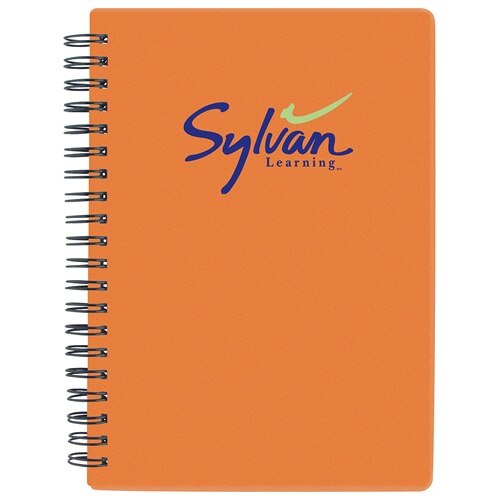

Hardy’s “Facts” notebook recorded 690 of the more sensational news stories of his day, some of which ended up in his novels and poems. Unlike Hardy I don’t record current events (although I do have a file for the best of the copious newspaper clippings sent to me by my father, who in turn receives them from his brother-I come from a long line of info-junkies). I now have 11 moleskine notebooks dedicated to my favourite topics, including two books of quotations (secular and religious). I find this personally gratifying, not just because I enjoy Hardy, but also because I have recently developed the habit of keeping multiple commonplace books. The so-called “Facts” Notebook is the last of the twelve to be edited, and it is fascinating. All have been edited over the past forty years (except Hardy’s “Poetical Matter” notebook which is only available on microfilm, the original having gone missing). Twelve of them survived the executor’s flames, however, and their titles give some idea of their range: the “Architectural Notebook”, the “Trumpet-Major Notebook”, the “Schools of Painting” notebook, the “Studies, Specimens, etc” notebook, the “1867” notebook, and the volumes of “Literary Notes” and “Memoranda”. Nobody knows how many had accumulated by the time he died aged eighty-seven, as his instructions to burn them were obeyed.

These he referred to as his “notebooks”, “pocket-books”, “memoranda” and “diaries”. As well as noting down memories and events, he read widely and took copious notes on his reading, Victorian industriousness further sharpened by the hunger of autodidacticism, building storehouses of nourishment for his novels and poetry. Thomas Hardy acquired the notebook habit in his twenties, and kept it going all his long life.


 0 kommentar(er)
0 kommentar(er)
